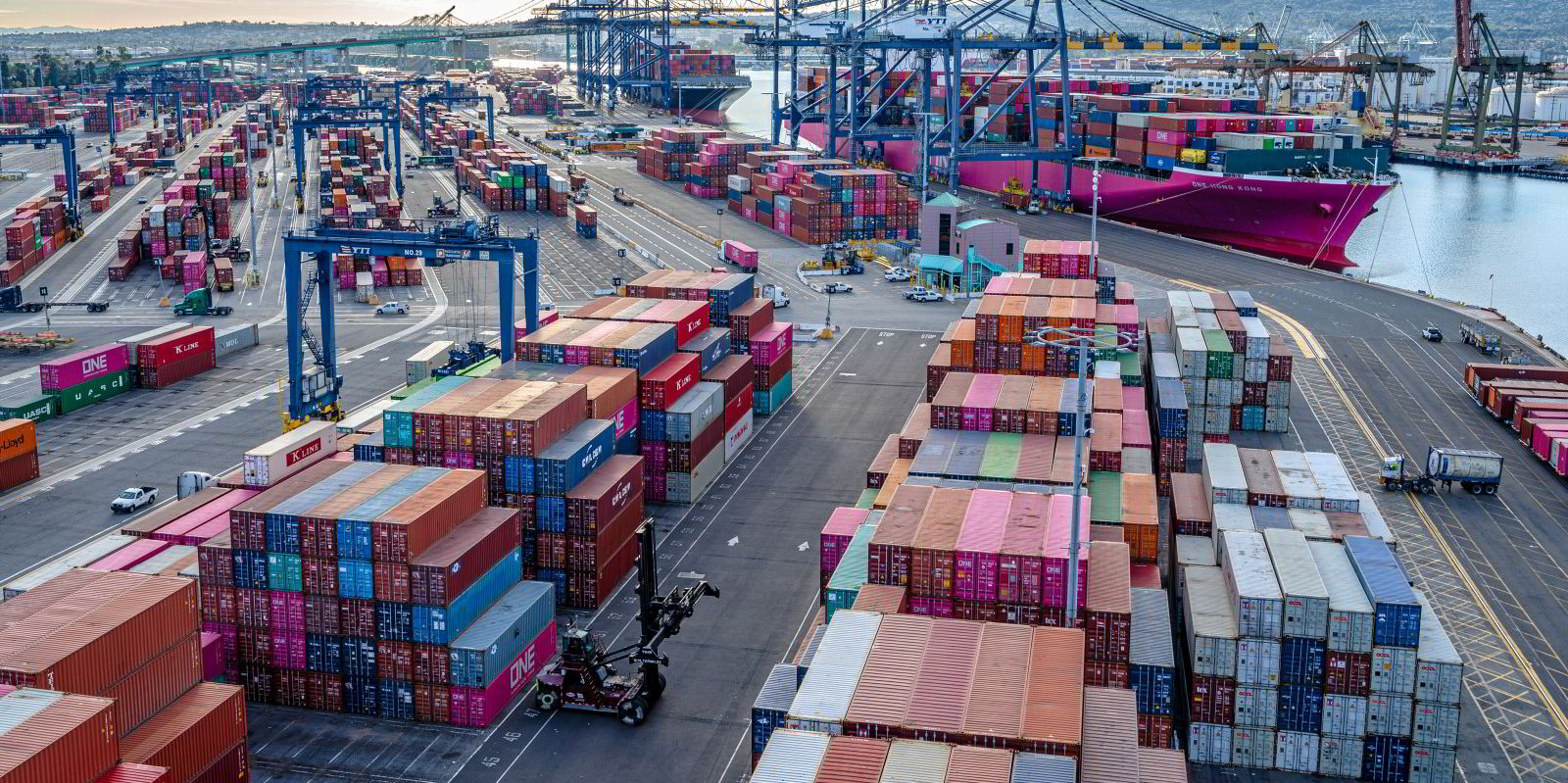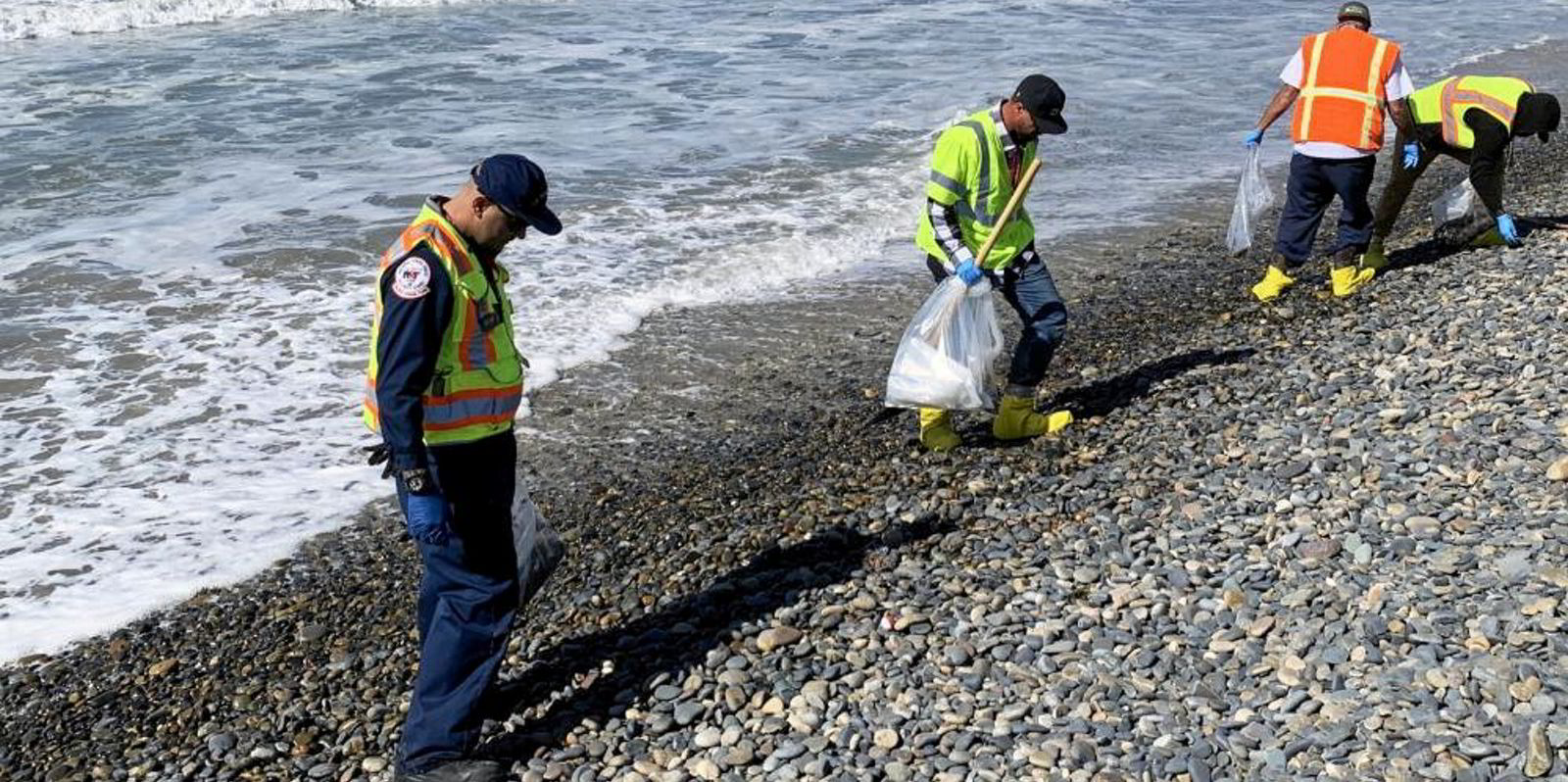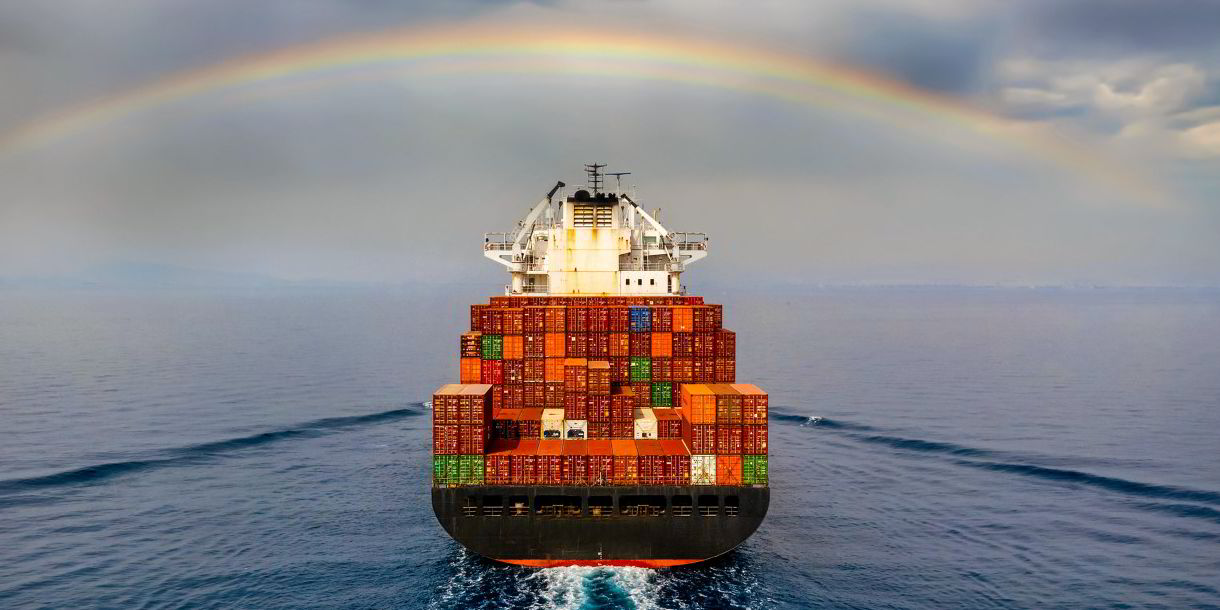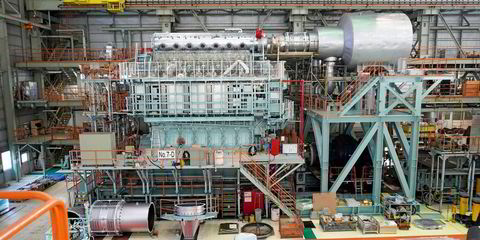Covid-19 has revealed that the seaborne supply chain between the US and China is not as reliable as once thought, according to logistics experts.
For decades, containerships delivered Chinese-made goods on schedule across the Pacific Ocean to the US West Coast for inland distribution to millions of American consumers.
Year after year, the vessels sent everything from televisions to automotive parts to home decor to the ports of Los Angeles and Long Beach without disruption.
That was until the pandemic shut down manufacturing in China and elsewhere for the first half of 2020, creating an unprecedented backlog of US imports.
This massive pileup has overloaded the supply chain since factories overseas reopened in the summer of 2020, forcing dozens of containerships to wait for open berths off southern California.
As of Friday, 63 containerships were at anchor in California's San Pedro Bay, waiting for available berths at the ports of Los Angeles and Long Beach.
"Something that may come out of this pandemic is people understanding that a 7,000-mile supply chain has some risks they weren't aware of or got lulled to sleep about," said Bill Rooney, vice president of strategic development for Swiss logistics giant Kuehne + Nagel.
"They now have a supply chain that is 7,000 miles long and are just discovering that that's a risky proposition."
Nagel was speaking on Thursday as a panelist on supply-chain disruption during Capital Link's 13th annual maritime forum.
A weak link
Before the pandemic, products made it from the manufacturers to retailers' shelves and into consumers' hands like clockwork until factories worldwide temporarily shut off their machines, said Rick DiMaio, senior vice president of supply chain operations for Office Depot.
"This disruption has really called out the fact that the phrase supply chain implies that when a link breaks, the whole thing comes apart," he said.
Every containership that is available to deliver goods is on the seas, but too many of them are just sitting at anchor instead of moving more products, said John Butler, chief executive of World Shipping Council.
"Obviously, if you've got ships sitting at anchor they're not moving cargo," he said.
"In this business, capacity equals velocity so if it's not moving it's not working and you have less effective capacity.
"We've got a really lumpy supply chain on top of all this volume, so we're not moving things collectively through the system as efficiently as we do in normal times."







